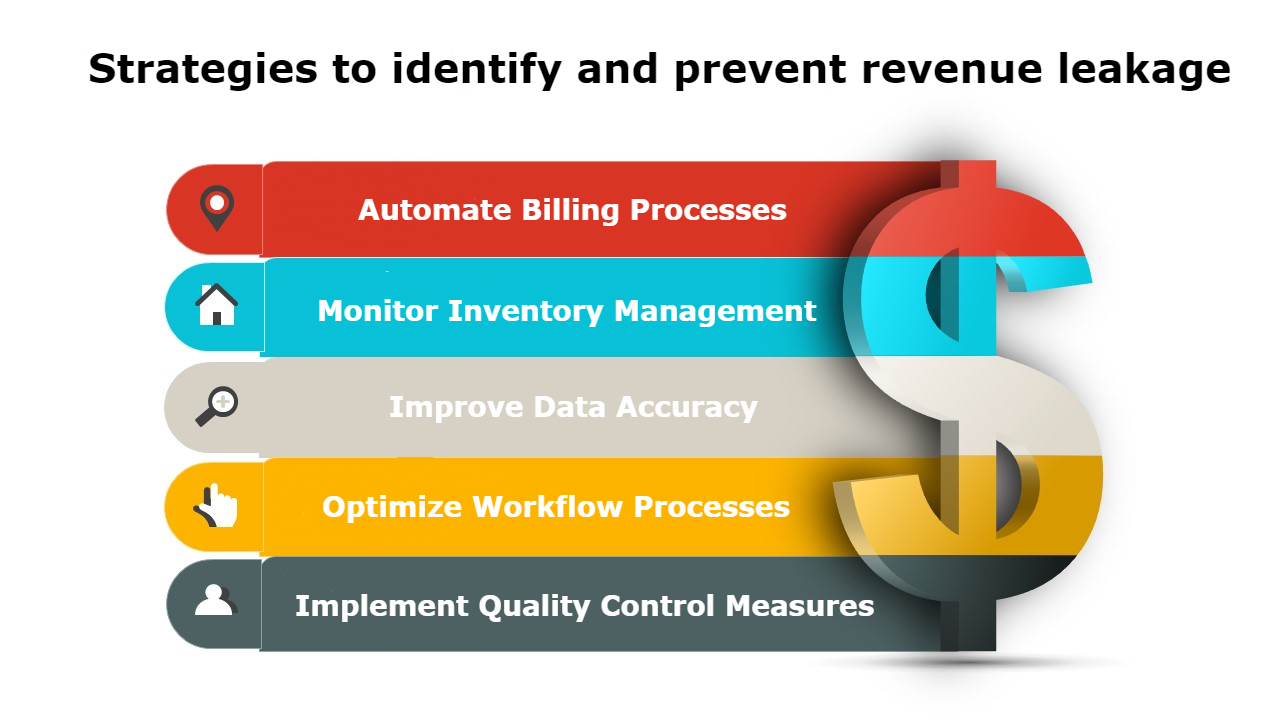MocDoc's blog

Introduction:
In the fast-paced healthcare landscape, diagnostic labs face the challenge of revenue leakage, which can have a significant impact on their financial performance. By neglecting to implement an efficient Laboratory Information Management System (LIMS), labs risk losing revenue through various channels. In this article, we will delve into the sources of revenue leakage that occur when a laboratory management system is not used, shedding light on the consequences faced by diagnostic labs.
Test Ordering and Billing Precision: Avoiding Revenue Leakage
Test ordering and billing errors are primary culprits contributing to revenue leakage in medical testing labs. Mistakes can occur at any stage, from test ordering by physicians to the billing department's processes. Issues such as ordering incorrect tests, billing for unrequested tests, or overlooking billed tests can all lead to substantial revenue loss. Discover how implementing a LIMS system can streamline test ordering and billing processes, reducing the likelihood of errors and revenue leakage.
Streamlined Workflows: Minimizing Revenue Leakage Risks
Revenue leakage can also arise from inefficient workflow processes within diagnostic labs. Delays in sample processing, test reporting, and billing can prolong turnaround times and introduce errors, resulting in revenue loss. Learn how the integration of a robust LIMS system can optimize workflow processes, ensuring efficient and timely completion of tests. By minimizing manual tasks and streamlining operations, labs can mitigate the risks of revenue leakage caused by workflow inefficiencies.
Accuracy Matters: Curbing Revenue Leakage from Inaccurate Test Results
Inaccurate test results pose a significant risk of revenue leakage for diagnostic labs. When tests produce unreliable or inconsistent outcomes, additional tests may be ordered, leading to increased costs for patients and lost revenue for the lab. Discover how LIMS systems enhance data accuracy and quality control measures, minimizing the chances of erroneous test results and subsequent revenue leakage.
Pricing Strategies and Inventory Management: Plugging Revenue Leakage Holes
Outdated pricing models and poor inventory management can contribute to revenue leakage in diagnostic labs. Inadequate pricing models may fail to account for all expenses associated with test procedures, resulting in revenue loss. Furthermore, ineffective inventory management can lead to delays in testing, urgent orders, and additional expenses, ultimately impacting the lab's revenue. Explore how the implementation of LIMS systems helps labs optimize pricing strategies and enhance inventory management, ensuring accurate billing and minimizing revenue leakage risks.
Empowered Workforce: Training and Payment Collection
An inadequately trained workforce in billing and coding practices can inadvertently cause errors, leading to revenue loss. Moreover, failure to identify and collect payments can significantly impact a lab's revenue. Discover how LIMS systems provide training resources and tools to educate employees, reduce billing errors, and improve payment collection processes, helping labs avoid revenue leakage.
Conclusion:
Revenue leakage poses a substantial challenge for diagnostic labs, but implementing a comprehensive Laboratory Information Management System (LIMS) can mitigate the risks and optimize revenue potential. By addressing sources of revenue leakage such as test ordering and billing errors, inefficient workflows, inaccurate test results, pricing strategies, inventory management, employee training, and payment collection, labs can unlock the power of LIMS to maximize revenue and improve their financial performance.

Managing the delivery process for expectant mothers is an essential task for any hospital or healthcare facility. The timely scheduling of deliveries and efficient allocation of resources can help ensure a smooth and stress-free birthing experience for both the mother and the healthcare providers involved. However, this can be a challenging task without proper tools and resources. Fortunately, with the use of the Expected Date of Delivery (EDD) report, hospitals and healthcare facilities can streamline their maternity management processes.
What is the EDD Report?The EDD report is a feature of hospital information systems or hospital information managementsystems (HIMS) that provide healthcare professionals with a clear and organized view of the upcoming due dates of their patients. This report takes into account the patient's medical history, prenatal care, and other relevant factors to calculate an expected delivery date. By having this information readily available, healthcare providers can better plan for the necessary resources, personnel, and equipment required for a successful delivery.
Timely Scheduling for DeliveriesOne of the key benefits of the EDD report is that it allows healthcare providers to schedule deliveries based on the due dates of their patients. This ensures that expectant mothers are admitted to the hospital on time, reducing the likelihood of complications or unexpected deliveries. This feature is particularly beneficial for high-risk pregnancies, where early intervention and delivery may be required. With the EDD report, healthcare providers can ensure that patients receive the care they need when they need it, reducing stress and anxiety for both the mother and the medical staff.
Better Resource AllocationAnother critical advantage of the EDD report is that it allows for better resource allocation. By having a clear and organized view of upcoming deliveries, healthcare providers can better plan for the necessary personnel and equipment required for each delivery. This reduces the likelihood of shortages or delays in critical resources, improving patient outcomes and overall satisfaction.
